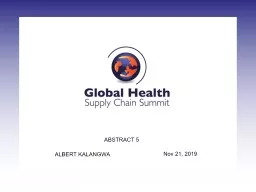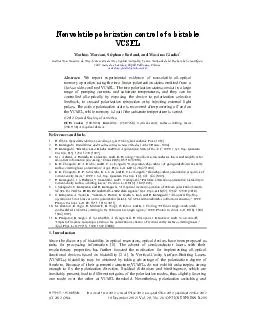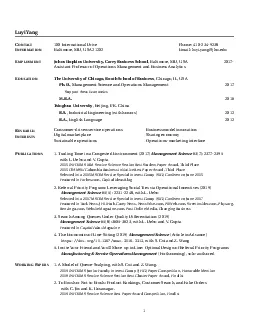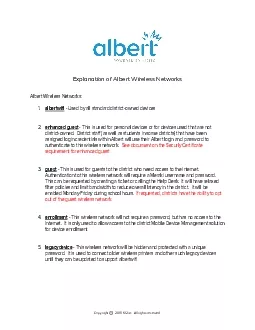PPT-Nov 21, 2019 ALBERT KALANGWA
Author : briana-ranney | Published Date : 2020-01-22
Nov 21 2019 ALBERT KALANGWA ABSTRACT 5 2019 Global Health Supply Chain Summit Johannesburg S Africa Thanks to our generous sponsors Why stockout and expiration of
Presentation Embed Code
Download Presentation
Download Presentation The PPT/PDF document "Nov 21, 2019 ALBERT KALANGWA" is the property of its rightful owner. Permission is granted to download and print the materials on this website for personal, non-commercial use only, and to display it on your personal computer provided you do not modify the materials and that you retain all copyright notices contained in the materials. By downloading content from our website, you accept the terms of this agreement.
Nov 21, 2019 ALBERT KALANGWA: Transcript
Download Rules Of Document
"Nov 21, 2019 ALBERT KALANGWA"The content belongs to its owner. You may download and print it for personal use, without modification, and keep all copyright notices. By downloading, you agree to these terms.
Related Documents














